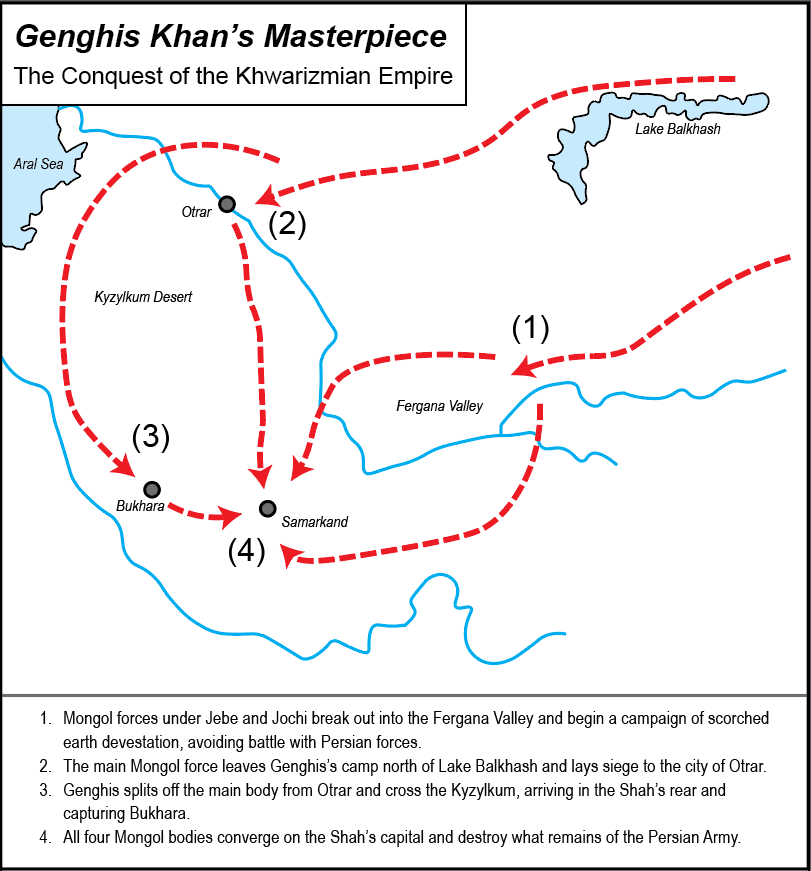Bookmarks
My blog
Sort by
All
History
Politics
Religion
Cooking
Health
IT
Sports
Gaming
Movies
Other
There are no articles here, why not write one?
Create an article
title
description
image (insert URL)
category
history
politics
religion
cooking
health
it
sports
gaming
movies
other
content
i
Markdown conventions
#, ##, ###
-h1, h2, h3
___ , ---, ***
-Horizontal Rules
>, >>, >>>
-Blockquotes
1., 2., 3.
-Ordered list
+, -, *
-Unordered list

-Add image
*
italic
*,
_italic_
**
bold
**, __
bold
__
We will examine what may be best termed as *the absolute fundamentals* of maneuver warfare - the concentration of fighting power, penetration into the enemy rear, and the envelopment of some or all of the enemy force. A *single envelopment* scheme of this sort, whether achieved through an asymmetrical deployment like the Thebans at Leuctra or a flanking movement like Rommel at Gazala, represents a sort of basic, stock model maneuver scheme - a potent, but relatively textbook design. In this entry, we will expand the scope of our study to look at maneuver on a larger scale, and in so doing demonstrate a countervailing principle to the schwerpunkt that we introduced last time. Schwerpunkt denotes the concentration of massed fighting power to allow maximum effort to be exerted at a decisive point. This is a powerful **battlefield tool**, but it is not without risks and downside - the accumulation of a concentrated mass, if unveiled by the enemy’s intelligence, will reveal the attacking intention and alert the enemy to vulnerabilities in other positions. # The Apogee of Genghis Khan Everybody knows of Genghis Khan. His name continues to carry some of the strongest cachet and instant recognition of any historical figure - though the name itself is something of a point of debate. Probably, it should be spelled and pronounced something closer to *“Chinggiz Khan”* - a title that meant something like *“universal ruler”*, which is thought to derive from the Turkic word *“Tengiz”* which means *“sea”* - implying that he ruled from sea to sea. But in any case, whether he is Tengiz, Chinggiz, or Genghis Khan, everybody knows him as the ruler of that cinematic Mongol horde that swept across Eurasia, conquering the largest contiguous land empire that the world has ever seen. Let us begin with a brief comment on the actual scope of Genghis’s achievements: - Before he could conquer the world, he had to conquer **Mongolia** - a feat that was much harder than it sounds. - The Mongol world was one of *tribal pastoral nomads* - clans eternally wandering the steppe, herding their goats, sheep, camels, cattle, and horses from pasture to stream in seasonal patterns. This was an intrinsically harsh existence which kept the nomads in a permanent state of vigilance - disaster was only one step away. - This promoted a deeply myopic *political system* - that is, focused on the immediate term and immediate needs, with khans constantly under pressure to deliver results and rewards in a steppe society that was constantly in a state of low intensity inter-tribal and inter-clan war. ## Defeat of the Khwarizmian Empire Genghis had no military intentions in the Khwarazmian realm. He was hard at work eating the great elephant that was China, but he did view the Persian realm as a potentially lucrative trading partner, and dispatched a caravan with envoys to trade in the Khwarazmian markets. Unfortunately, the Shah’s governor in Otrar accused the Mongols of being spies, looted the caravan, and killed many of Genghis’s men. When Genghis sent three ambassadors to the Shah to demand restitution, the Shah had one of them beheaded and sent the others back to Genghis with their heads shaved.  Too see more about this war, check out [this Youtube documentary](https://www.youtube.com/watch?v=92-440OR2ik). --- ## The operational brilliance of Genghis’s campaign The theater was more 250,000 square miles. From Bukhara to Genghis’s staging area north of Lake Balkhash is nearly 800 miles. Across this vast distance, using nothing more sophisticated than signal flags and couriers, the Mongols coordinated four large military bodies, completely paralyzing the Shah’s armies with their range, mobility, and precision, before converging to deal the killing blow to at the capital. > The technology of the Mongol armies - a recurve bow and the hardy Mongolian horse - are now artifacts of history, but the brilliant display of dispersion, operational ambiguity, and maneuver are timeless, and it is fair to question if they have ever been surpassed. What Genghis demonstrated with this masterful campaign, eternally, is the power of dispersed maneuver to intellectually paralyze the enemy. In the space of less than six months, Genghis completely destroyed an enormous and stable empire with armies that greatly outnumbered his own. All that would remain after the fall of Samarkand was a manhunt to chase down the fleeing Shah, and a leisurely stroll through the remainder of his shattered realm, sacking cities one after another. The military back of the Empire was shattered.
Publish